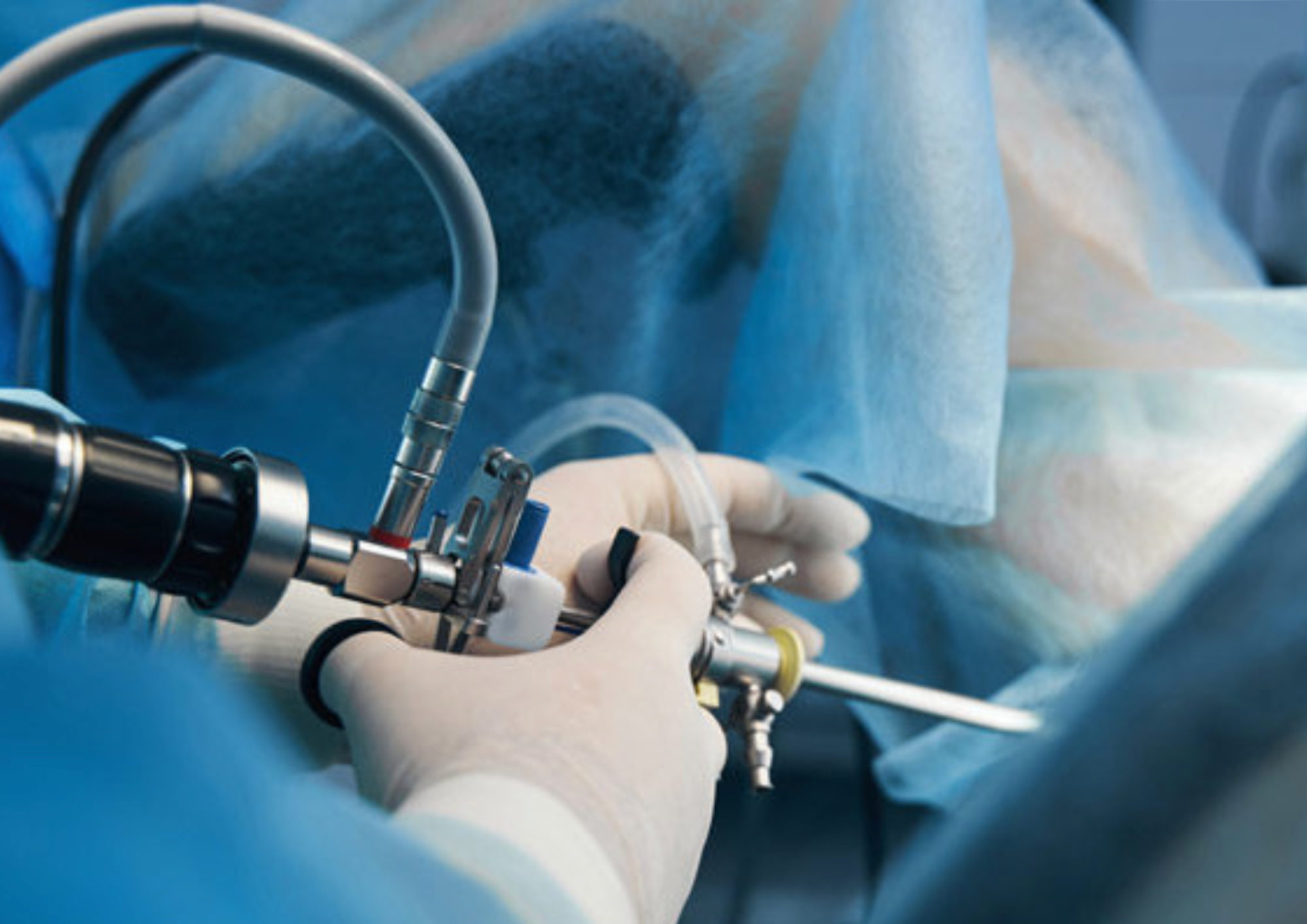
Office Hysteroscopy vs. Operative Hysteroscopy in Jalandhar
Hysteroscopy: Know the Procedure, Anaesthesia used, and Safety
Are you facing concerns related to your reproductive health? Hysteroscopy might be the key to unlocking answers and solutions to your fertility issues.
What is Hysteroscopy?
Hysteroscopy is a minimally invasive medical procedure used to diagnose and treat issues within the uterus. It involves the use of a thin, flexible tube with a camera (hysteroscope) inserted through the cervix into the uterus. The camera allows your doctor to visualize the uterine cavity and identify any abnormalities or conditions that may be affecting your reproductive health.
Some of the things the gynaecologist or fertility specialist can see during a hysteroscopy include:
1. Uterine Abnormalities: The hysteroscope allows the gynaecologist to examine the overall shape and size of the uterus. They can identify issues like uterine septum (a partition inside the uterus), bicornuate uterus (a heart-shaped uterus), or other congenital abnormalities.
2. Polyps: Uterine polyps are growths that can develop on the inner lining of the uterus. They appear as small, fleshy protrusions and can be a common cause of abnormal uterine bleeding.
3. Fibroids: Uterine fibroids are noncancerous growths that can develop in the uterine wall. The hysteroscope can detect fibroids that are protruding into the uterine cavity and may be contributing to symptoms like heavy menstrual bleeding or fertility issues.
4. Adhesions (Asherman's Syndrome): In some cases, scar tissue can form inside the uterus, potentially leading to fertility problems. The hysteroscope can reveal the presence of adhesions and their extent.
5. Inflammation or Infections: Infections or inflammation of the uterine lining can be diagnosed through hysteroscopy. These conditions may lead to abnormal bleeding or discomfort.
6. Tumors or Lesions: Hysteroscopy can help detect uncommon conditions like uterine tumors or other abnormal lesions within the uterine cavity.
7. IUD Retrieval: If an intrauterine device (IUD) needs to be removed, the doctor can use the hysteroscope to locate and safely retrieve it.
8. Endometrial Sampling: The hysteroscope allows the doctor to obtain a sample of the endometrial lining, which can be examined for abnormalities or signs of endometrial hyperplasia or cancer.
Office Hysteroscopy vs. Operative Hysteroscopy
The real-time visualization provided by hysteroscopy is a valuable diagnostic tool. Once the gynaecologist has identified any issues or abnormalities, they can often address some of them immediately during the same procedure, depending on the type of hysteroscopy (diagnostic or operative) and the complexity of the condition. If the hysteroscopy is diagnostic and the doctor identifies an issue that requires treatment, a follow-up operative hysteroscopy or another procedure may be recommended to address the specific problem.
There are two main types of hysteroscopy: office hysteroscopy and operative hysteroscopy.
- Office Hysteroscopy: This type of hysteroscopy is performed in an office or clinic setting. It is primarily a diagnostic procedure used to examine the uterine cavity for abnormalities. It is typically less invasive and often does not require anesthesia.
- Operative Hysteroscopy: Operative hysteroscopy involves both diagnosis and treatment. It is conducted in an operating room and is used to remove or correct specific uterine issues, such as fibroids, polyps, or uterine septum. Depending on the complexity of the procedure, local or general anesthesia may be used to ensure your comfort.
When is Hysteroscopy Recommended?
Hysteroscopy is recommended in various situations, including:
- Unexplained infertility: If you are struggling to conceive without any known causes, hysteroscopy can help identify uterine issues that may be hindering your chances of getting pregnant.
- Abnormal uterine bleeding: If you experience heavy or irregular menstrual bleeding, hysteroscopy can reveal the source of the problem, such as polyps or fibroids.
- Recurrent miscarriages: Investigating the uterus for structural issues like a uterine septum can provide valuable insights into the recurrent miscarriage problem.
Instructions Prior to Hysteroscopy
Before your hysteroscopy, your gynaecologist will provide specific instructions, but here are some general guidelines to follow:
- Preparation: You may be asked to fast for a certain period before the procedure, typically about six hours.
- Medications: Inform your doctor about any medications you are taking. You might need to adjust or discontinue certain medications before the procedure.
- Menstrual cycle: Your doctor will likely schedule the hysteroscopy during your non-menstrual phase to ensure better visibility.
- Support: Arrange for someone to accompany you to the appointment, as you may not be able to drive home if you receive anesthesia.
Is Hysteroscopy Painful?
One of the common concerns surrounding hysteroscopy is whether it is painful. During office hysteroscopy, you may experience some discomfort or mild cramping. Your doctor may use a local anesthetic to minimize this discomfort. In the case of operative hysteroscopy, anesthesia is used, and you should not feel pain during the procedure.
Is Hysteroscopy Safe?
Hysteroscopy is generally considered safe with minimal risks. However, like any medical procedure, there are potential complications, including infection, bleeding, or injury to the uterus. The risk is minimized when the procedure is performed by a skilled and experienced specialist. Discuss any concerns with your gynaecologist or fertility specialist to ensure you understand the potential risks and benefits.
Hysteroscopy is a valuable tool in diagnosing and treating uterine issues that may be affecting your fertility. While it may come with some discomfort, it is generally safe and can provide critical insights into your reproductive health. If your doctor has recommended hysteroscopy to address a uterine septum, polyp, submucosal fibroids, or abnormal uterine bleeding issues trust in their expertise and communicate openly to address any concerns. Remember, hysteroscopy is a step towards finding solutions to your fertility challenges and realizing your dream of starting a family. Our team of expert hysteroscopy specialist and gynaecologist can help you with your queries. They can be contacted at Chawla nursing home and maternity hospital Jalandhar Punjab at +917307103001, 9023703001.

